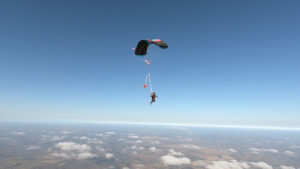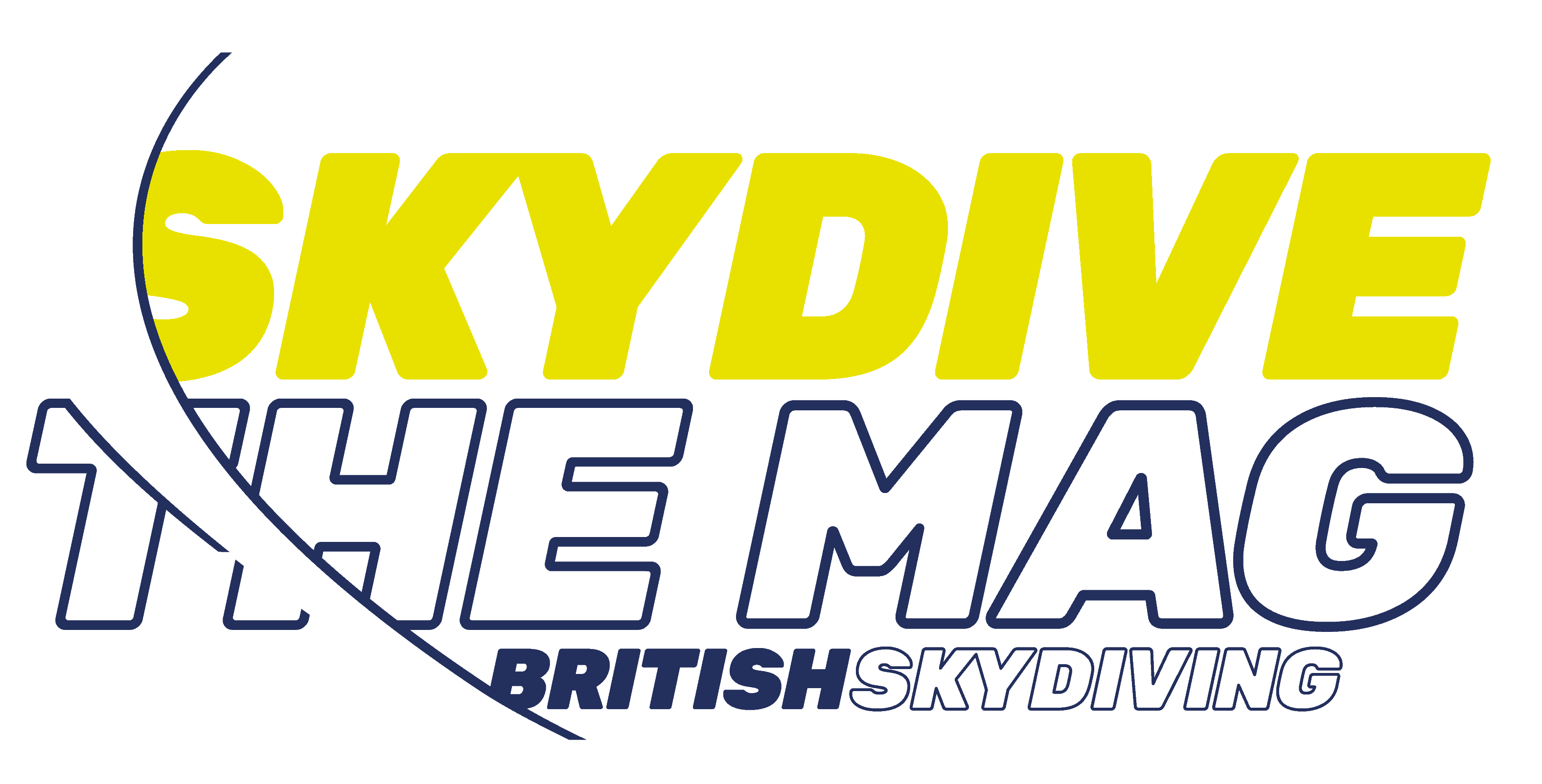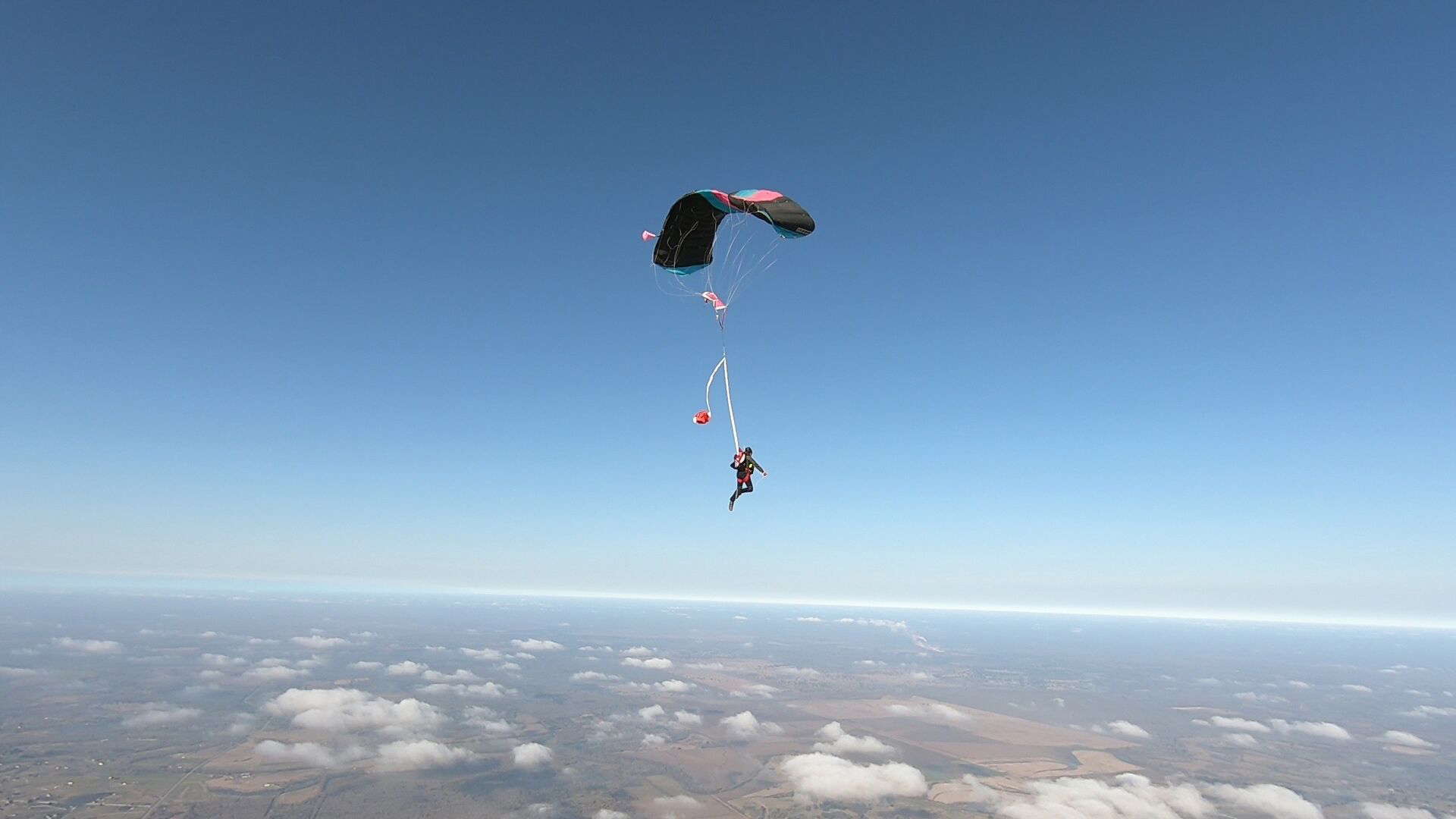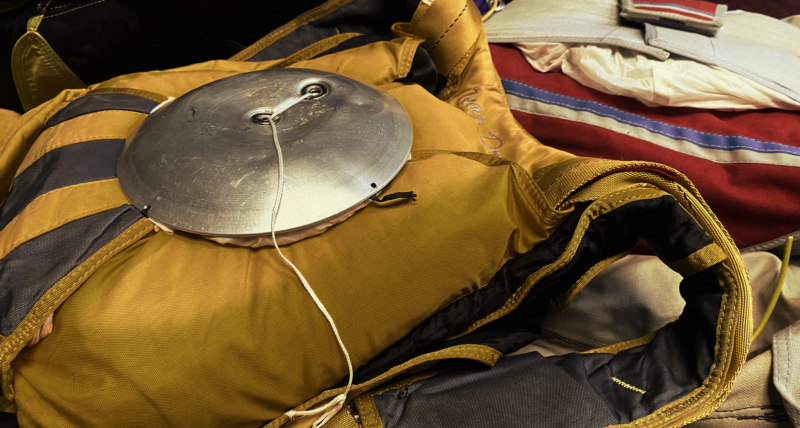By Karen Saunders
I first wrote about the subject of the MARD back in December 2015. That feels like a long time ago, but make no mistake: for any skydiver who dislikes the idea of a reserve that doesn’t deploy in the event of an AAD fire, this topic is just as fresh now as it was then.
The MARD (Main Assisted Reserve Deployment) systems used today are blindly trusted – while remaining incompletely understood – by the majority of the skydiving population.
Case in point:
I once asked a jumper who had had an AAD fire – after a total malfunction – why he hadn’t pulled his reserve handle after pulling the cutaway. His response was that he had a MARD system installed. It was, to his mind, unnecessary. He had no idea that the MARD can’t function in the absence of a deployed main.
Eek.
Let’s investigate the history of this fascinating piece of kit – and clear up the misunderstandings together.

THE ANCIENT HISTORY
Our story begins on Christmas Eve 2003, when Bill Booth filed a US patent for the Skyhook Reserve Parachute Deployment System. The design in that patent was based on an early-1990s invention by Mark Hewitt, Booth’s employee at Relative Workshop. The root idea was, in turn, the brainchild of Kelly Farrington, who came up with the original concept.
Whilst employed at Relative Workshop, Hewitt went on to develop it for use on the Sorcerer BASE rig – a dual-canopy, “piggyback” system designed for the BASE community (fixed object jumping). The Sorcerer system, manufactured by Vertigo BASE Outfitters in Utah, was not designed for skydiving.
Working on the system originally designed by Mark Hewitt, another innovator – Jerome Bunker – refined the pin-type MARD. He sold a few hundred, integrated into some French skydiving containers. Another person, John Sherman, then experimented with his “Lasso” MARD, but apparently never worked out the bugs. However, the original design was further developed by Eric Fradet – who dubbed it the “LES1” – and was integrated into the Parafun Advance skydiving container in 1995.
In 1999, the LES was withdrawn from use. The obvious question, then, is why?
“I can answer this one since I designed the LES,” Fradey explained in a post on Dropzone.com back in 2012. “It was withdrawn because the MARD system was found unsafe in sport rigs, which was the case in 96, and it is still true in 2012.”
If that baffles you, you’re not alone. Not all MARDs, as you’ll see, are created equal. There are a lot of moving parts to consider, and a lot of widely varying configurations in play. Shall we dive in?
The key selling point of a MARD is deceptively simple: an “instant reserve” in the event of a cutaway. The system, as a gross simplification, leverages the drag of the departing main as an enormous pilot chute. Some MARD systems use the technologies of both the traditional Stevens Lanyard (that is, the Reserve Static Line, or RSL) and the lesser-known Collins lanyard (which involves releasing the non-RSL Riser). This setup is reported to extract the reserve three-to-four times faster than a pilot chute alone.
The promise of a “no-wait reserve ride” is a compelling one, and it has quite a market. At present, there are ten – count ’em, ten! – different MARD systems available. One of these is used under licence by four other manufacturers.
There is one major difficulty in developing any MARD system. It has to be designed to disconnect in the event of a total malfunction – such as an AAD Fire – while keeping the free bag and lines within the reserve container until the reserve bridle has reached full stretch, extracting the bag at precisely the right moment. (If that sequence did not go as planned, the skydiver involved would suddenly find themselves amidst a considerable mess of lines and components, moving at speed.) There are several ways to approach this design challenge, and you can rest assured that every one of them has been tried.
Let’s see, together, how that went.

Want to read more? Download the official Skydive the Mag app on either apple or android. Don’t want to download? Don’t worry. You can read the online version here.





